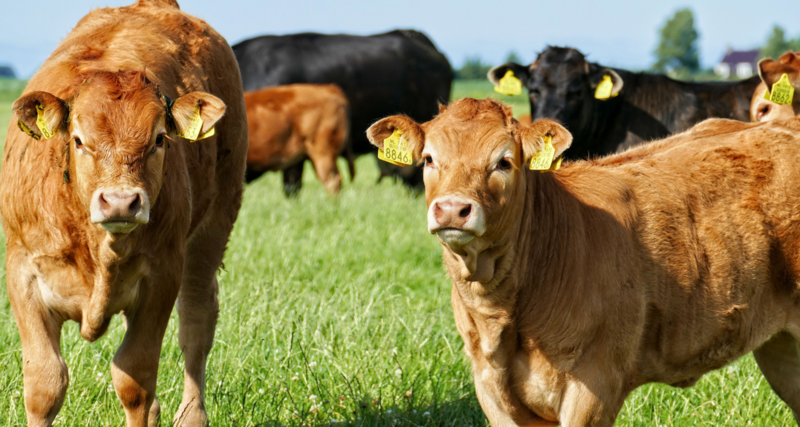Livestock production is a worldwide industry
Although certain regions produce higher volumes of leather raw material, hides and skins can be sourced from every country globally. Understanding supply chains is crucial for the leather industry to be conscious of the animal welfare conditions that provide the raw material for the industry.
There are roughly five billion head of livestock globally that comprise the four key species that are used to produce most of the world’s leather: 1.5+ billion bovine animals, 1 and 1.2 billion goat and sheep respectively and over one billion porcine animals.
The welfare considerations of farmed animals can be grouped into three broad categories; On Farm; In Transport; and At Slaughter. Differences in climate, land use type, economic development, local culture, and livestock species lead to differing farming styles, transportation, and slaughter throughout different regions. These differences produce a complex picture of the animal welfare landscape globally.
Much of the world’s livestock are farmed using labor intensive techniques in the developing world, where animals perform a number of economic and other functions beyond a source of protein and dairy. Increasingly capital-intensive farming systems are being used, particularly in the developed world, to farm large numbers of livestock in a space efficient way. This type of farming requires inputs such as feed to be produced externally from the farming location itself. Extensive farming is used globally to produce livestock with fewer direct inputs, utilizing in some cases marginal rangeland that is not suitable for growing other food crops.
LWG Animal Welfare Resources
Animal welfare is a challenging topic. It exists prior to the leather-making process and is therefore not included in the LWG Audit Standards. However, LWG recognizes the importance of the issue to the leather industry, which is why we have taken an active role in providing resources to support animal welfare due diligence.
In 2016, as a response to the complexities and importance of animal welfare to the leather industry, brand membership of Leather Working Group recognized the need to provide education and information around the issue to assist our members when making decisions on material sourcing.
A self-funded subgroup was created with the principal objective to educate the leather value chain on the salient aspects of animal welfare. Broadly this involved understanding the following:
-
The volumes and farming infrastructure associated with several types of animals
-
Regional variances in farm types, structure, and tracking/marking systems
-
Trading, traceability, and movement of animals
-
Regional sensitivities and risks associated with animal welfare
-
Collating information and resources on animal welfare practices, farm assurance standards and regulation
-
Identification of and alignment with existing best practice
The Animal Welfare Group (AWG) has now been integrated into the Leather Working Group Forum.
The objective of the group was to provide the membership with information on the animal welfare landscape globally that is relevant to the leather industry. This was to support members in making informed sourcing decisions within the context of animal welfare considerations.
The group has produced detailed profiles of key leather producing countries reviewing a range of animal welfare considerations; engaged with third party expert animal welfare organizations to peer review output and produced recommendations for how members can investigate animal welfare conditions within their supply chains.

